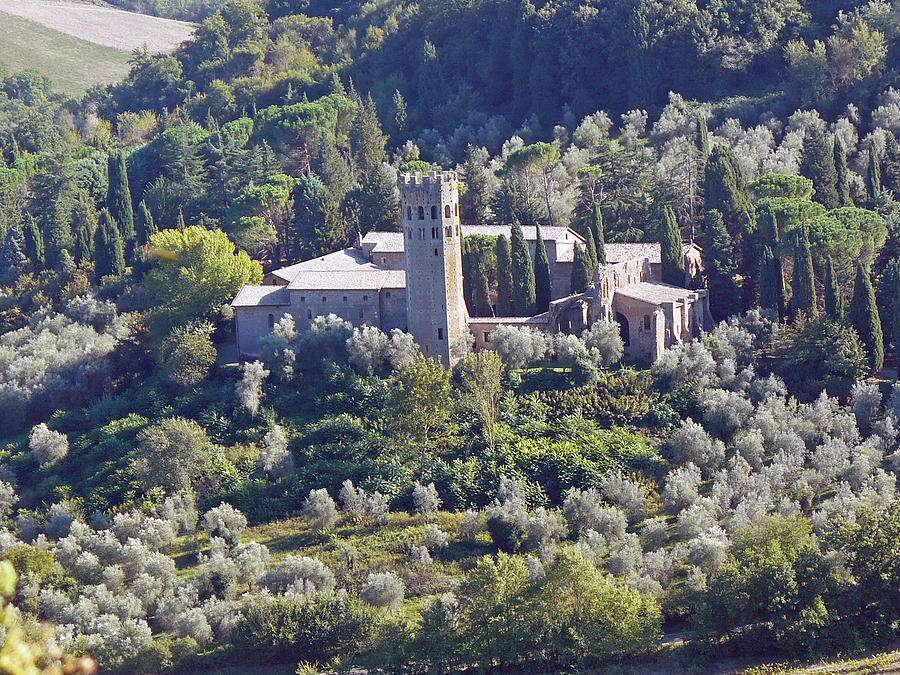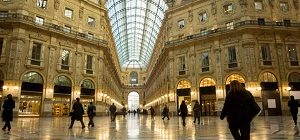Want to learn more about Orvieto, Italy? Read on for facts and info on this historical Italian city…
Orvieto is the name of a historical city situated in the southwestern region of Umbria in Italy. The unique location of the city places it in a flat summit that was formed by a large butte of volcanic tuff. This city is regarded as being situated in one of the most dramatic sites in all of Europe. This is because it rises above vertical faces of the tuff cliffs that are ascending vertically towards the sky. Furthermore the city is surrounded by defensive walls that have been built using the same stones found on the cliffs.
History of Orvieto
Historical records indicate that this city has been occupied ever since Etruscan times. During the Etruscan civilization, Orvieto was considered to be a major center. Today visitors to the region have the opportunity to witness some of the ancient Etruscan artifacts that have been preserved in the Archaeological Museum of the city. It is believed that during that time a unique and diverse mix of ethnicities resided in the region.
In the third century BC the Romans managed to annex Orvieto. As the Roman Empire collapsed the city gained new importance because of its defensive location. In the years that were to come the Lombards and the Goths exercised their control over the region. It was following this that Orvieto was established as a self-governing commune. This change came about in the 10th century. Over the course of history the city has been closely associated with the papacy. In 1016 Flilppo Alberici decided to settle in the city and later became Consul of the city-state.
The strategic location of Orvieto meant that whoever controlled this region controlled the road that stretched from Florence to Rome. The city was located at a point where the road would cross a large town by the name of Chiana. During the Middle Ages this region was home to about 30,000 people that continued to live there up until the 13th century. Even today the names of prominent families that once upon a time dwelled in the city of Orvieto are remembered. Some of these family names include the Gualterio, Filippeschi and the Monaldeschi.
Some of these families can be found living in the region even today. Orvieto has also been home to some prominent Italian thinkers who would actually teach their students in the region. A small university was also developed at the stadium generale even before the 1700s. Today this historic university is part of the University of Perugia.
One of the interesting things to note is that Orvieto was operating under Papal control even before it officially acquired the status of being the papal state. It remained a papal possession until 1860. At that point in time the city was annexed to the newly unified Italy.
Today the region attracts tourists from all over the world who come to experience the rich historical and cultural heritage of Orvieto that goes back many centuries.





